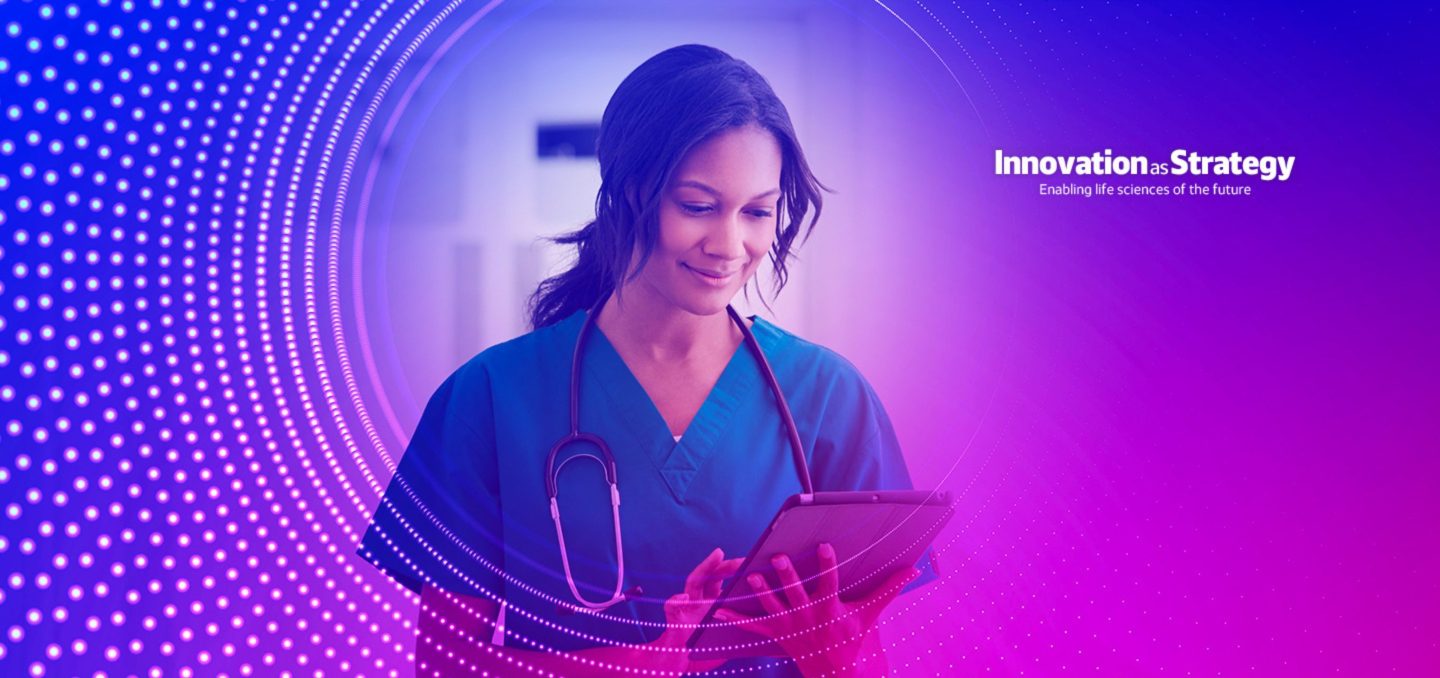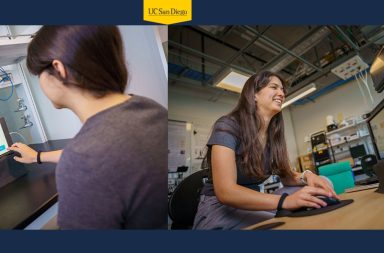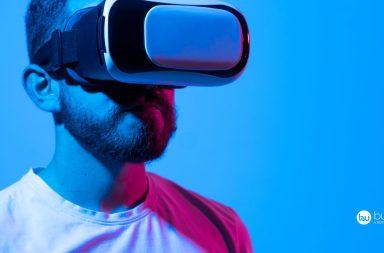As part of our Innovation as Strategy series, we further expand on the topic of Connected Experiences, with a deep dive focused on Consumer Centricity, from James May, Managing Director, Healthware Engage.
For the healthcare industry to truly understand and embrace consumer centricity, we must look beyond our category to those who have been doing this successfully for many years. To this end, we’ve developed an acronym, PEACE, to help focus on what’s important and provide examples of organizations who excel at it.
PERSONALIZATION (P)
Healthcare communications tends towards a ‘one size fits all’ approach. Instead, we must strive to meet and then exceed the needs and preferences of all stakeholders in the health space. Sephora, the LVMH-owned beauty retailer, created an approach called “assisted self-service” which bridges an unrivalled in-store experience with digital engagement consumers actually find useful. Their three-tier loyalty program includes the expected discounts and free shipping but also a choice of six birthday presents, premium free samples you can choose, invitations to out-of-hours exclusive events and even priority access to product launches. Their app provides VR makeup make-overs, connectivity to online or in-store experts and personalized product recommendations based on your shared beauty preferences. The health sector could learn much from this lack of friction between real life and online.
EMPOWERMENT (E)
Consumers, increasingly in control of their health and wellness experiences, require tools and resources which help inform better decision making. Starbuck’s ambitions in Asia took empowerment to a new level. China has long been their growth target but sustained success for any foreign brand has always been challenging, especially given significant cultural differences. So, back in 2017, the coffee retailer offered to pay for critical illness health insurance coverage for the parents of its employees. Yes, their parents, not the staff themselves. Eligibility meant they needed to work at the company for more than two years and have parents under the age of 75 but this critical insight – although most of the elderly have very basic private insurance, their children believe it is their responsibility and duty to help – was genius. It probably helped that the insurer chosen was state owned, and the country has an aging population. But Starbucks turned barista into hero and 2,300 stores then, to more than 6,000 now.
ACCELERATION (A)
The 4th Industrial Revolution of AI, robotics, and the Internet of Things, has accelerated consumers’ expectations, demanding experiences in the channels that are most comfortable and convenient for them, in real time. Amazon realized this but first had to overcome data connectivity across channels and devices. Their ‘North Star’ was Amazon Prime, a proposition so attractive that a modest annual fee gets you unlimited free deliveries, generic drugs prescriptions for $5/month, all while watching several billion dollars of exclusive entertainment. Their acquisitions of Pillpack ($750 million, 2018) and One Medical ($3.9 billion, 2022) provided even more data alongside household purchases. Having patented ‘1-Click’ in 1999, it won’t be long before Amazon introduces ‘Zero-Click’ purchasing where each week, a box of specially collated items is delivered based on the machine-learned algorithms of your buying history. With a market capitalization of $1.1 trillion, Amazon have their sights set on healthcare to deliver the next trillion.
COLLABORATION (C)
Every June, Apple focuses on developer collaboration with a 5-day event in California. Alongside 5,000 in-person attendees, over 20 million view the event online. Apple employees share improvements to software development platforms, have one-on-one “lab” consultations and give out awards. Aside from developers, Apple also prioritizes consumer collaboration. In 2017, “Today at Apple”, a creative in-store initiative, was launched to educate and inspire consumers to “go further with their passions”. To date, over 20,000 free sessions have been attended by millions around the world with Apple experts, alongside hired specialists, sharing how to get the most out of your iPhone, iPad, or Mac in areas including photography, video, music, coding, and design. Furthermore, Apple Watch collaborates with your body, monitoring heart rate, measuring blood oxygen levels, acting as an ECG and helping with medication adherence. The future of health just might be on your wrist right now.
EDUCATION (E)
Medical education is a cornerstone of the health industry but has mostly struggled to embrace today’s digital reality. Organizations in the education sphere who were ‘born digital’ such as the Khan Academy, founded in 2006 by its namesake, provide great inspiration. As a non-profit organization, funded across the years by Google, the Gates Foundation and Elon Musk, they create online tools which help educate students. Its free-to-use services combine YouTube videos (2 billion views and counting) with its website and mobile application to deliver personalized learning where users can track their progress through practice exercises. Following an instructional strategy called Flipped Classroom, instead of being teacher-led, the Khan Academy is learner-centric allowing users to proceed at their own, individual pace. It includes collaborative discussions and encourages digital research. Focussing on video allows faster absorption of information (vs text) and significantly higher long-term recall. When founder Sal Khan was asked recently about the role of Generative AI in education, something troubling many academics because of the opportunity to cheat, he believes it will offer every student on the planet a personalized tutor.
Those who embrace personalization, empowerment, acceleration, collaboration, and education will assume leadership in the healthcare space, with massive returns on investment. What remains to be seen is if these will be legacy health organizations or those outside or on the periphery wanting their share of this gigantic industry.



